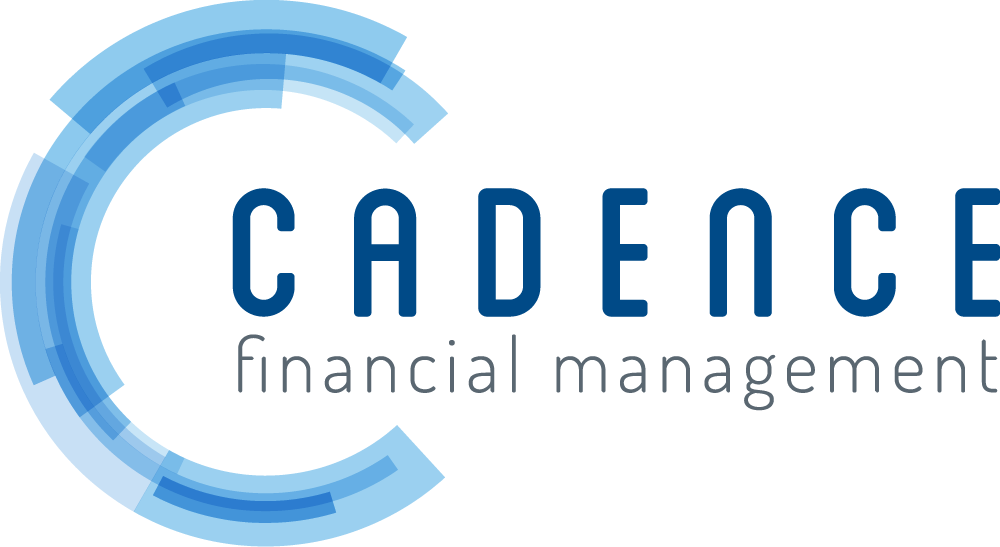How to Design a Differentiating Benefits Package
Over the past couple of years, the so-called “Great Resignation” has led to an unprecedented number of career changes. At the same time, the boom in remote and gig work means that skilled employees have more choices than ever. For that reason, recruiting and retaining talent in today’s climate can be challenging.
Offering the right blend of benefits for your target talent pool can give your company a competitive edge. While there’s no single ideal benefits package, there are tactics you can use to find the one that’s best for your organization.
Tailor Your Approach
By looking at economic trends affecting your workforce demographic, you can design a package customized to the wants and needs of those individuals. If you’re in an industry with predominantly young workers, for example, include benefits that address their specific concerns, such as allowing participants to receive matching 401(k) contributions for student debt repayments. And if many of your employees are parents of younger children, consider offering life insurance and ensure health benefits are affordable for working families. Thinking proactively and prescriptively about what current and prospective employees may need will help you tack toward your ideal benefits package.
Cover Multiple Bases
Optimal packages are typically holistic, well-rounded and able to help the greatest percentage of employees through multiple avenues. A flexible work schedule can be of value to employees with and without children — as well as older members of your workforce — all for different reasons. If established employees reap greater benefits from their 401(k)s while younger workers sit on the sidelines due to crippling student loans, consider a loan assistance program. Ensure your benefits package is balanced, while giving employees a leg up with financial, physical, social and emotional wellness. One study suggests happy employees are 12% more productive at work. By leveraging employee benefits as a tool to promote overall wellness, you can help both your staff — and your company — prosper.
Know Your Team
Ultimately, one of the best ways to find out how your benefits stack up is to talk to your employees. Ask what their greatest concerns are; they may surprise you. For instance, you may find that workers are underutilizing health benefits because the deductibles are out of reach for them. You may also find some employees are opting out of their 401(k) because of debt obligations. These concerns might be mitigated with an FSA, HSA, profit sharing or loan payoff assistance program.
Once you know what’s keeping them up at night, you can better determine which benefits are working and which ones might need tweaking or a complete overhaul. And this can enable you to design a package that means the difference between a candidate accepting your job offer and a competitor’s — as well as how soon you might need to replace them. Moreover, you’ll show that you’re actively engaged with your workforce and understand employees’ needs, which helps foster an environment where workers can thrive both personally and professionally.
Sources:
This material was created to provide accurate and reliable information on the subjects covered but should not be regarded as a complete analysis of these subjects. It is not intended to provide specific legal, tax or other professional advice. The services of an appropriate professional should be sought regarding your individual situation. The material presented was created by RPAG. Securities, investment advisory, and financial planning services offered through qualified registered representatives of MML Investors Services, LLC. Member SIPC (www.sipc.com). Supervisory Office: 16 Campus Blvd, Newtown Square, PA 19073. Cadence Financial Management, LLC is not a subsidiary or affiliate of MML Investors Services, LLC or its affiliated companies. ACR# 4884058 08/22
